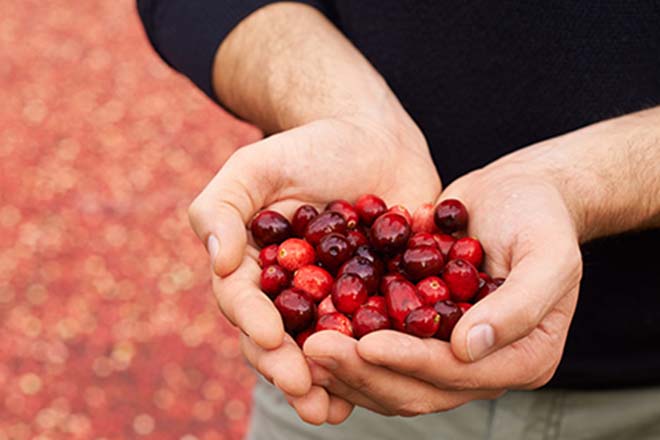2023’s top 4 tech trends in agriculture

With technological advancements, farmers and ranchers are running more efficient and productive businesses. They’re producing higher yields, raising more animals on less land, and effectively controlling pests and disease.
Farming has become deeply data-driven and scientific — which means there are new tools of the trade. In 2023 and the coming years, these four technologies will transform the business of agriculture:
1. Artificial intelligence (AI) and data analytics
AI and data analysis already help farmers monitor weather, soil conditions, water usage and other factors. Now that these technologies have matured, farmers can also use them to make confident, real-time decisions that increase yields and reduce loss.
For example, bots with AI abilities can spot signs of pests and disease much faster than people. Livestock monitoring can accurately count animals and track their feeding, skin condition and behavior, so no animal goes overlooked. AI tools can also help farmers decide what to sow in which fields by culling data directly from the land. And they continuously monitor crop conditions, so they spot weeds and invasive species fast.
Today’s farmers also have AI-generated weather models to help with planning. AI tools adjust to the actual conditions on the ground, unlike the trusty Farmer’s Almanac. So, if a rainy season delays planting, AI adjusts accordingly. AI can also create seasonal forecasting models that help farmers make accurate crop and planting decisions early — so they can make proactive purchasing, investment and hiring decisions.
With AI and data tools, farmers can use resources wisely and mitigate natural and unnatural business risks, like inflation.
2. Blockchain
Blockchain is a promising solution to supply chain struggles across the agriculture industry. Blockchain is a shared digital ledger, like a database that records events (or transactions). It can track the movement of any asset, including livestock and harvested crops.
As a common example, think about E. coli contamination. When unsafe food or ingredients enter the supply chain, there are significant consequences for consumers and the industry.
In the past, it was difficult and sometimes slow work to find the source and eliminate contaminated food. Thanks to blockchain, farmers can trace the true source of infection within seconds, as opposed to days. And instead of recalling an entire supply (or the entire industry taking a hit), farms and retailers can home in on the contaminated products. In this scenario, blockchain can save lives, reduce waste and save resources.
3. Radio-frequency identification (RFID)
RFID uses harmless radio waves to identify a tagged object. When used in tandem with blockchain, farmers get real-time visibility into their supply chain, as well as their crops and animals.
Each item that needs to be tracked gets a unique ID number. Then, blockchain logs its trail from farm to table. Farmers can track product movement and processing; grocers can trace contaminated products back to their source; and eco-conscious consumers can shop from producers with sustainable practices.
With RFID and blockchain, farmers, ranchers and grocers can see the entire supply chain, which helps them spot and mitigate risks.
4. Internet of things (IoT)
With IoT, farmers and ranchers use sensors, software and other technologies to create a network of “things.”’ The sensors provide continuous monitoring, which builds a deep repository of knowledge for analysis and future decision-making.
In real time, farmers can be alerted if conditions move into risky territory. For example, IoT sensors can monitor crop conditions 24/7 or check the temperature and air flow in coops and barns. IoT can also monitor machinery and equipment and alert ranchers when maintenance is needed to prevent downtime.
How Wipfli can help
From sensors and software to drones, technology is growing in agriculture. If you need help picking the right tools for your ranch or farm, Wipfli can help. We understand agribusiness and technology. And we’re determined to work just as hard as you to find and implement the right solutions. Contact us today.
Related content:






